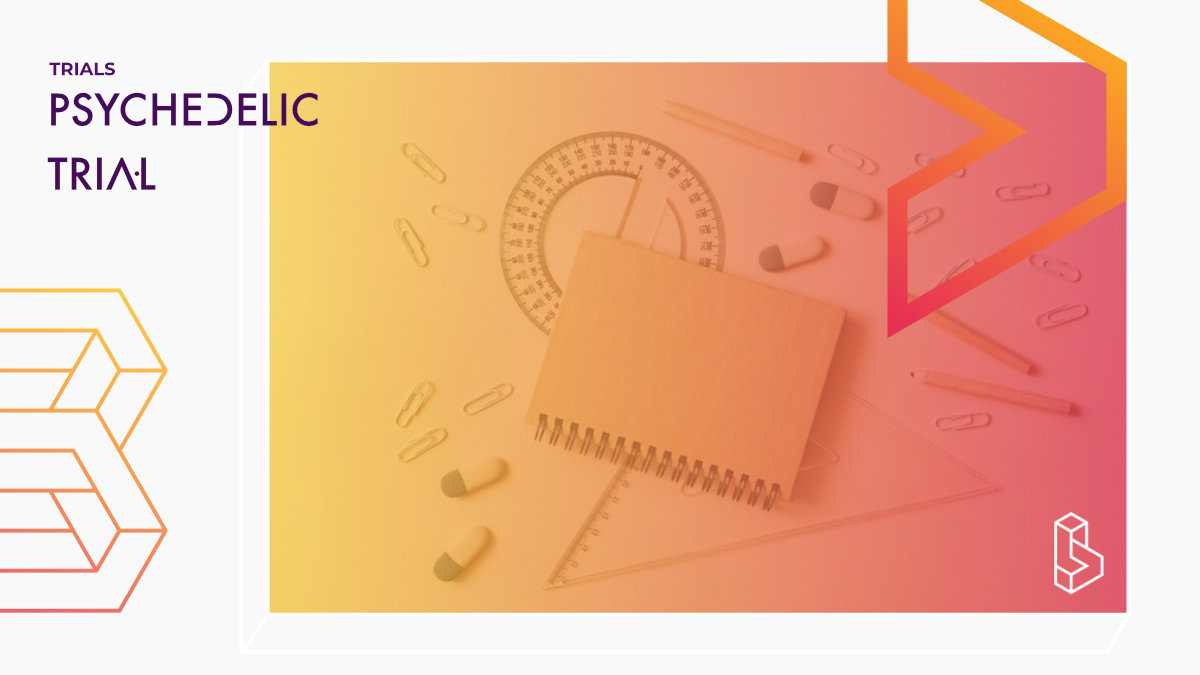This observational trial (n=225) aims to investigate the potential neurotoxic effects of the party drug Ecstasy (MDMA) on the human brain and brain function.
Conducted by UMC Utrecht in collaboration with the University of Amsterdam and Erasmus Medical Center, the study employs a combination of prospective, retrospective, and cross-sectional approaches. It follows a cohort of MDMA-naïve individuals at high risk for first-time use, as well as users with varying levels of prior exposure. Using neuroimaging techniques such as SPECT, MRI, and fMRI, alongside clinical assessments of memory, mood, and personality, researchers aim to determine the causality, progression, and clinical significance of MDMA-related neurotoxicity. The findings will contribute to public health messaging, clinical decision-making, and national policy regarding MDMA use.
Trial Details
Trial Number
Sponsors & Collaborators
Utrecht UniversitySome researchers at Utrecht University are working on a large psychedelics study with colleagues from Leiden University, but this university hasn't set up any department specifically for psychedelic studies.

